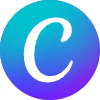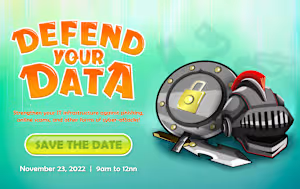Graphic Design (Social Cards, Banners, Instagram Post/Stories)
Starting at
$
60
About this service
Summary
The process of creating a layout involves arranging various design elements, such as text, images, graphics, and whitespace, to create an aesthetically pleasing and effective composition. Layouts are used in various design projects, including print materials like brochures, magazines, and posters, as well as digital media such as websites, mobile apps, and presentations.
Here are the key steps involved in the layout process:
Gather Requirements: Understand the project requirements, objectives, and target audience. Consider the content that needs to be included in the layout, such as text, images, logos, and other visual assets.
Content Organization: Analyze the content and determine its hierarchy and structure. Identify key information or focal points that need to be emphasized. Group related elements together and establish a logical flow of information.
Sketching and Wireframing: Create rough sketches or wireframes to visualize the layout structure and placement of elements. This helps in experimenting with different arrangements and exploring various design options.
Grid and Alignment: Establish a grid system or framework that provides a structure for the layout. Grids help in aligning and positioning elements consistently, creating visual harmony and balance. Use guidelines and rulers to ensure precise alignment.
Typography: Select appropriate fonts, sizes, and styles for the text elements. Consider legibility, readability, and the overall tone and mood of the design. Apply typographic hierarchy to differentiate between headings, subheadings, body text, and other text elements.
Visual Elements: Integrate visual elements such as images, illustrations, icons, and graphics into the layout. Ensure that visuals are relevant, high-quality, and complement the overall design. Use techniques like cropping, scaling, and color adjustments to enhance the visual impact.
Color Scheme: Choose a cohesive color palette that aligns with the brand or project requirements. Consider color psychology, contrast, and harmony. Use color strategically to guide attention, create visual interest, and convey meaning.
Whitespace and Balance: Utilize whitespace (also known as negative space) to provide breathing room and enhance clarity. Maintain a balance between elements by distributing them evenly, considering their visual weight and proximity.
Iteration and Refinement: Review the initial layout and seek feedback from stakeholders or clients. Make necessary adjustments and refinements based on the feedback received. Iterate the design process until the layout meets the desired objectives and visual appeal.
Presentation and Finalization: Present the final layout to the client or team members for approval. Prepare the design files in the appropriate formats, ensuring compatibility with the intended medium (print or digital). Provide clear instructions and guidelines for implementation.
Throughout the layout process, it's important to consider usability, visual hierarchy, and the intended user experience. Experiment with different design variations, test the layout's effectiveness, and make informed decisions to create a visually engaging and functional composition.
What's included
Conceptualization
Develop visual board/ mood board.
Layout Creation
Layout design elements and copy.
Example projects
Duration
less than a month
Skills and tools
Graphic Designer
Photo Editor

Adobe Illustrator

Adobe Photoshop

Canva

